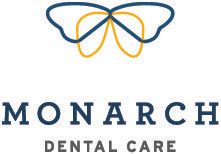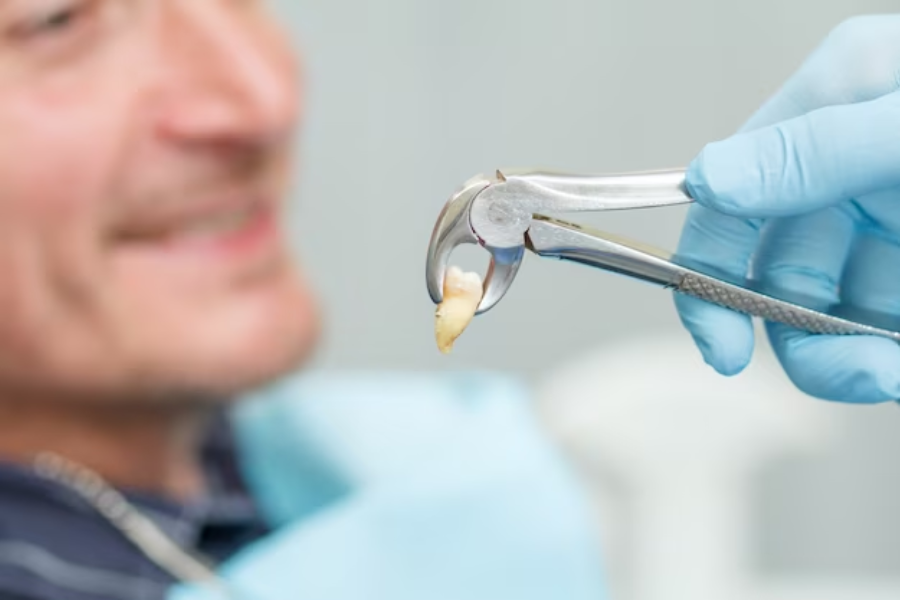
Tooth extraction is a common dental procedure that involves removing a tooth from its socket in the jawbone. This procedure may become necessary due to severe tooth decay, gum disease, or other dental issues. Sometimes, overcrowding or impacted teeth, especially wisdom teeth, may also require extraction.
Preventing infections and abscesses is crucial for maintaining oral health. Infections can arise from untreated dental issues, leading to more significant health problems. An abscess occurs when pus accumulates due to an infection, which can spread to surrounding tissues. Tooth extraction can eliminate these risks, protecting overall health.
Understanding when and why tooth extraction is necessary can help you make informed decisions about your dental care.
Understanding Tooth Extraction
What is Tooth Extraction?
Tooth extraction is the complete removal of a tooth from the mouth. There are two main types of extractions: simple and surgical. A simple extraction occurs when a tooth is visible and easily accessible. The dentist numbs the area with local anesthesia and gently loosens the tooth before removing it.
Surgical extraction is more complex. It is used when a tooth is broken, impacted, or not fully erupted. In this case, the dentist may need to make an incision in the gum to access the tooth.
Common Reasons for Tooth Extraction
Several dental issues can lead to tooth extraction. Tooth decay is a primary reason, as it damages the tooth structure. If the decay is severe, extraction may be the best option.
Gum disease is another common cause. When the gums become infected and inflamed, they can lead to tooth loss.
Overcrowding can also necessitate extraction. In orthodontics, removing teeth helps align the remaining teeth correctly.
Finally, impacted teeth, particularly wisdom teeth, often require extraction. These teeth may become trapped beneath the gums, leading to pain and infection.
The Connection Between Tooth Extraction and Infections
How Infections Occur in the Mouth?
Infections in the mouth often result from bacteria and plaque buildup. Plaque is a sticky film that forms on teeth. If left untreated, plaque hardens into tartar, leading to cavities and gum disease. Bacteria thrive in this environment, causing infections that can spread if not addressed.
Signs of Dental Infections
Recognizing the signs of dental infections is essential. Symptoms may include persistent pain, swelling around the affected tooth, fever, and bad breath. If you notice these signs, seeking dental care promptly is crucial. Ignoring symptoms can lead to serious complications.
When Tooth Extraction Becomes Necessary?
In some cases, tooth extraction becomes necessary to prevent further infection. For example, if a tooth is abscessed, it can lead to severe pain and swelling. An abscess may develop when bacteria infect the tooth’s pulp, causing pus to accumulate. Extracting the infected tooth can help eliminate the source of the infection and prevent it from spreading to surrounding teeth or tissues. In such situations, early intervention is vital to maintain oral health.
The Abscess and Its Risks
What is a Dental Abscess?
A dental abscess is a pocket of pus caused by a bacterial infection. It typically forms at the root of an infected tooth or in the surrounding gum tissue. Various factors, such as untreated cavities, gum disease, or dental trauma, can lead to an abscess. The infection causes pain and swelling, making it essential to address it promptly.
Potential Complications of Untreated Abscesses
If left untreated, a dental abscess can lead to serious complications. The infection can spread to adjacent teeth, causing further decay. It may also affect the jawbone, leading to bone loss. In rare cases, the infection can enter the bloodstream, causing systemic health issues like sepsis.
How Tooth Extraction Can Help?
Tooth extraction plays a vital role in managing dental abscesses. Removing the affected tooth eliminates the source of infection, helping prevent the spread of bacteria to other areas of the mouth. After extraction, the dentist may recommend additional treatments, such as antibiotics, to ensure the infection is entirely resolved. This proactive approach protects your oral and overall health.
The Extraction Process
What to Expect During a Tooth Extraction?
During a tooth extraction, your dentist will first assess your oral health and take X-rays if needed. For a simple extraction, the dentist will numb the area with local anesthesia. You may feel pressure but should not experience pain. The dentist will then loosen the tooth and remove it. For surgical extraction, anesthesia may be general, meaning you will be asleep during the procedure. The dentist will make an incision to access the tooth.
Post-Extraction Care
After the extraction, follow the dentist’s aftercare instructions closely. Keep the area clean by rinsing gently with saltwater. Avoid smoking and using straws, as they can dislodge the blood clot. Take prescribed medications to manage pain and reduce the risk of infection. Monitor for any signs of complications, such as increased pain or swelling. If you notice anything unusual, contact your dentist immediately.
Tooth extraction plays a crucial role in preventing infections and abscesses. It helps eliminate sources of infection and protects overall health. Understanding the reasons for extraction and recognizing signs of dental issues can lead to better oral care.
If you have concerns about your dental health, seek our professional advice. Regular dental check-ups can help identify problems early, allowing for timely treatment. Remember, maintaining good oral hygiene is essential in preventing the need for extraction in the first place.



